Chapter 12
CONFORMATIVE TECHNIQUES
The following should be considered:1
- Indices.
- Make jaw registrations with the teeth together.
- Prepare and restore alternate teeth, not a quadrant of teeth simultaneously.
- If adjacent teeth, both with deflective contacts are prepared, first prepare one and make a coping to retain the intercuspal relationships before preparing the other.
- Functionally generated path techniques.
- Remove non-working side contacts on unprepared teeth on the cast.
- Maintain a distal stop when preparing the most posterior tooth in the arch.
- Make accurate temporary restorations.
- The possibility of the future removal of a deflective contact, resulting in a change in the IP in an extensive conformative re-restoration.
Use Indices
If the occlusal surface of the failed restoration is functioning well and the only reason for replacement is, for example, marginal caries, an index should be made of the existing occlusal surfaces, either from a study cast or directly in the mouth, ensuring that there will be accurate location on the working cast. See Appendix. The tooth or teeth are prepared, impressions made and the new restorations and temporaries fabricated to conform to the index, see Appendix (Celenza F., 1976).1 Very little adjustment should be required when the restorations are inserted.
Figure 12-1 shows the use of an index to restore tooth 34 in a dentition restored 19 years previously.
Figure 12-2 shows the use of indices to replace a bridge.
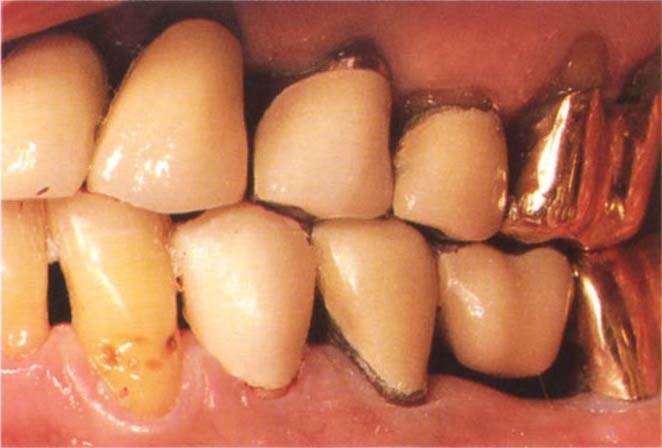
Fig. 12-1a The use of an index to replace a crown made 19 years previously. Tooth 34 – the crown functions well but there is cervical caries. The patient only wants this restoration replaced.
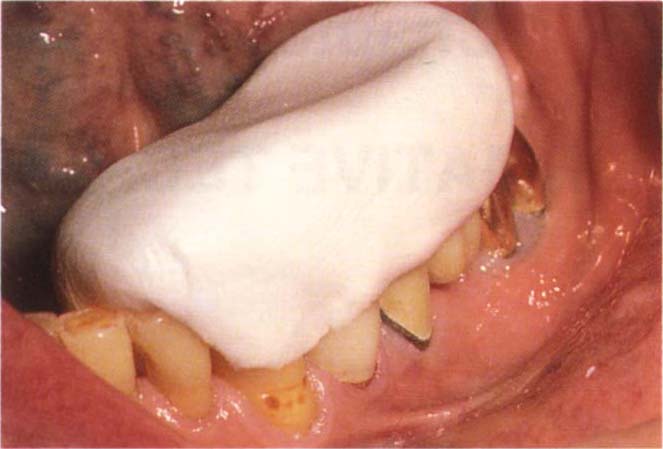
Fig. 12-1b Index in the mouth.
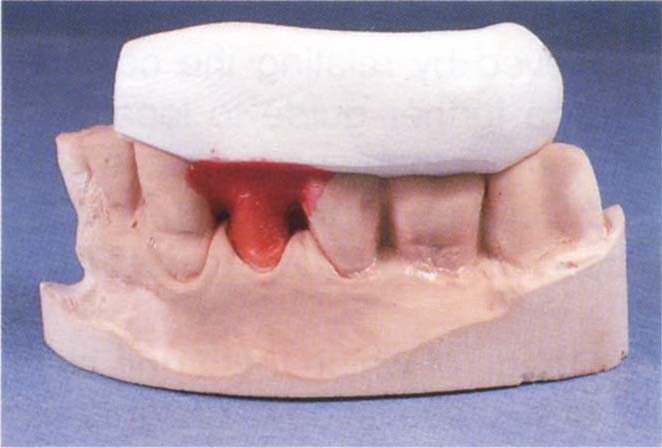
Fig. 12-1c Index and wax-up on quadrant model. The margins are finished on an individual separate die made from a second quadrant hydrocolloid impression.
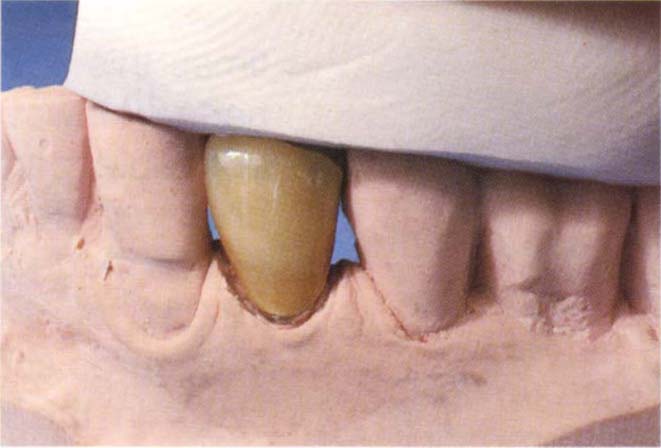
Fig. 12-1d Porcelain built into the index. If the occlusal surface is porcelain, then this may require some small adjustment in the mouth and either reglazing or polishing. The occlusal surface in this case is gold, to reproduce exactly the original occlusal form.
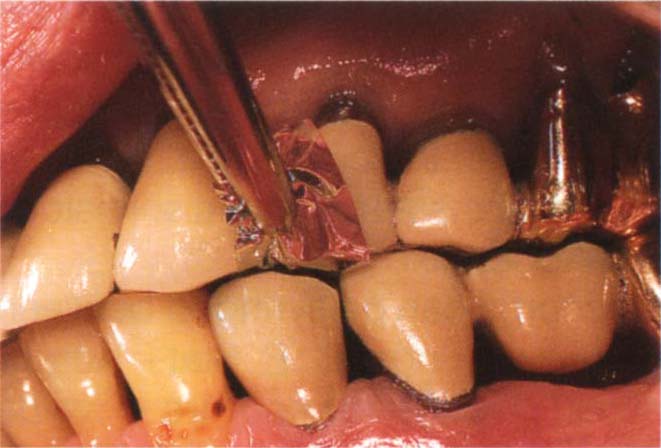
Fig. 12-1e Finished crown, holding shimstock in IP.
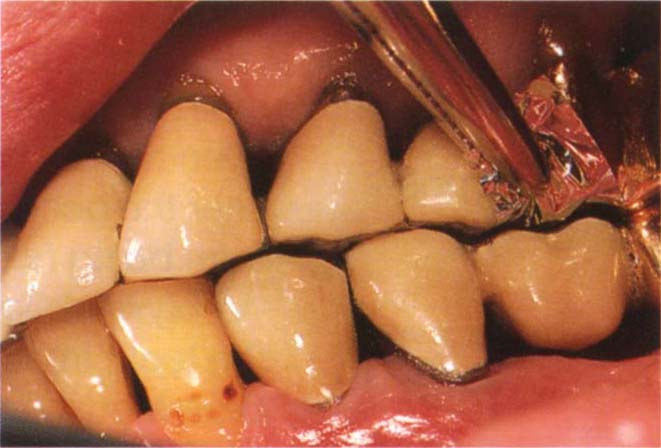
Fig. 12-1f Posterior teeth also hold shimstock in IP.
Fig. 12-2 The use of an index to replace a bridge.
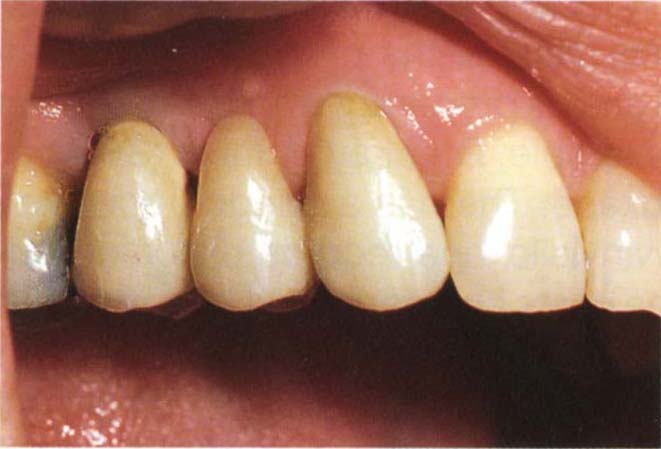
Fig. 12-2a Original bridge. Teeth 13, 14, 15.
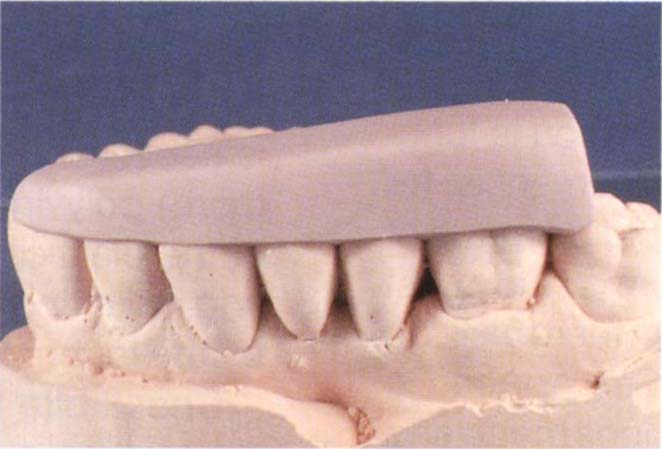
Fig. 12-2b Making an index from a study cast of the original bridge.
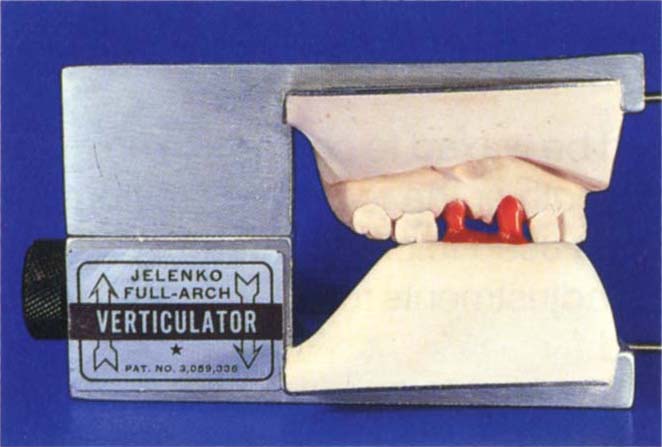
Fig. 12-2c The silicone index has been ‘backed up’ with impression plaster and Velmix (50 : 50 mix) and locked onto a Verticulator. The bridge is waxed into the index.
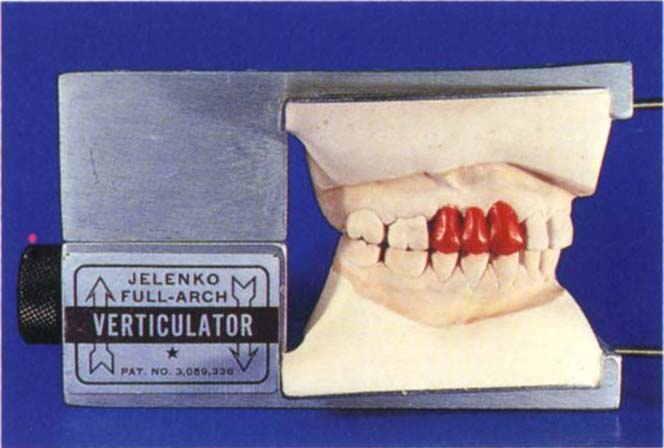
Fig. 12-2d Refining patterns on mounted casts. Full contour wax-up so as to obtain the correct solder joint location and metal framework design (for laboratory technique see Appendix – Building Porcelain into an Index).
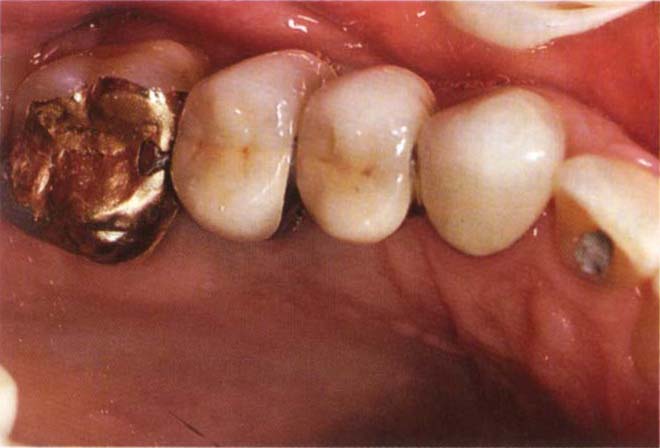
Fig. 12-2e Replacement bridge. Occlusal surface copies that of the original bridge.
Jaw Registration with Teeth Together
When working conformatively, it is important to ensure that the intercuspal relationship is recorded. Sometimes this is best achieved by relating the casts by hand.2 However, often a further guide to location is desirable, particularly if more than one tooth has been prepared. To this end DuraLay copings with final additions made with a bead-on technique, are useful (Fig 12-3a).
Records should be made of which teeth grip shimstock in the mouth and these should be checked against the mounted casts in the laboratory. It is extremely difficult to obtain exactly the same results in the laboratory and the mouth, partly because, clinically teeth move very slightly on closure and partly because even minute imperfections in the cast are sufficient to alter the occlusal relationships and prevent shimstock from being held. See Appendix.
Polyvinylsiloxane records can be syringed between the teeth from an automix syringe (B. R. Stat – Kerr or Blue Mousse – Parkell) (Fig 12-3b) and are of value particularly when dealing with preparations bounded mesially and distally by unprepared teeth, that is, locator teeth mesial and distal to the preparations. When the last tooth in the arch is prepared, a rigid registration is necessary, for example, DuraLay or thick (3 mm or more) polyvinylsiloxane. There is a danger, however, of the elastic polyvinylsiloxane records distorting during mounting of the casts and care must be exercised by the technician to prevent this (Fig 12-3c).
Check bite trays (Chapter 9) provide a convenient registration system. Alternatively, an opposing cast can be made by pouring stone directly into a well located and supported polyvinylsiloxane jaw registration.
The pattern should be waxed to conform to an index of either the original tooth or the temporary restoration and the opposing cast used to check intercuspal contacts. Small intraoral adjustments for lateral excursions will often be required.
A full arch wafer of wax is inappropriate material for conformative registrations, as the registration material must only be placed between the prepared teeth and not all the way around the arch whilst small pieces of wax cannot be accurately located on the master cast. If the registration material is placed around the entire arch, there is no guarantee that the intercuspal position is being recorded, as intercuspal proprioception will be eliminated by the presence of the wax. Furthermore, the change in vertical dimension required in the laboratory to bring the casts together on removing the record will introduce errors.
The casts are usually mounted on a semi-adjustable articulator, using an average facebow transfer and a protrusive record for condylar settings. For further details of the registrations see Chapters 14 and 15.
Fig. 12-3 Jaw registration with teeth together.
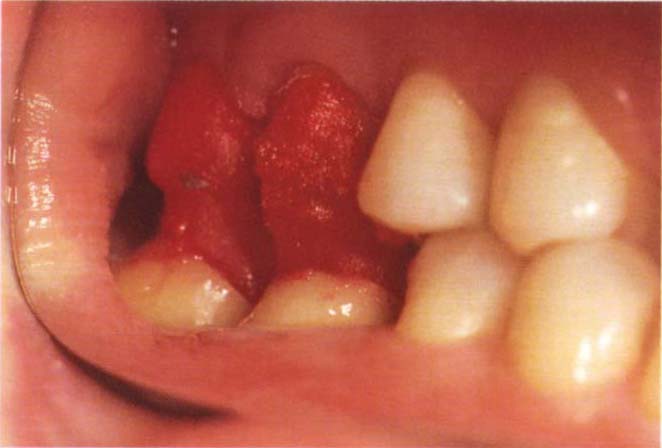
Fig. 12-3a DuraLay copings in the IP – note the windows in the DuraLay to ensure positive seating intraorally and on the die.
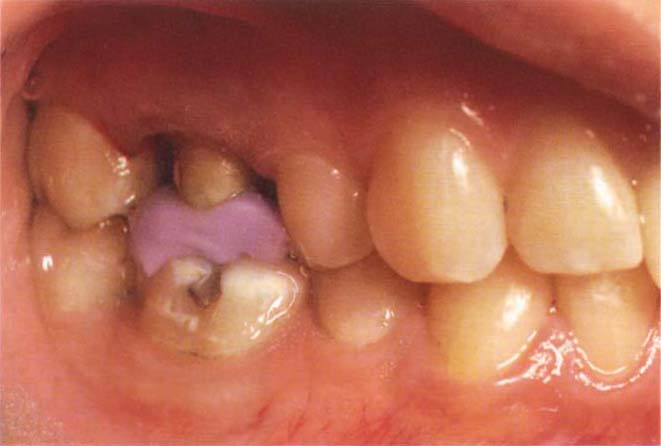
Fig. 12-3b Polyvinylsiloxane registration. This is particularly useful for bounded units with at least 1.5 mm interocclusal clearance.
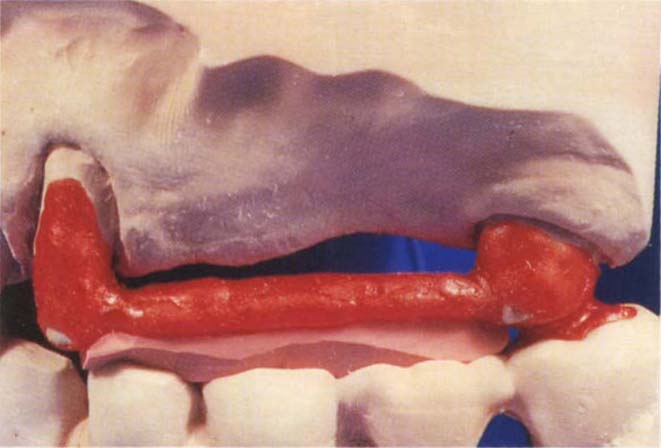
Fig. 12-3c Polyvinylsiloxane on DuraLay for support – note the distal stop on the coping. The DuraLay prevents bending of the polyvinylsiloxane which is attached by silicone adhesive.
Prepare and Restore Alternate Teeth not Quadrants
By preparing alternate teeth in a quadrant or sextant, sufficient teeth will often remain to retain the vertical and horizontal mandibulo/maxillary relationships (Fig 12-4). This is particularly applicable to cases with a large horizontal : vertical ratio between CRCP and IP, when there is no indication for restoration of the anterior teeth.
Fig. 12-4 Preparation of alternate teeth when restoring posterior teeth in the presence of a large horizontal : vertical ratio.
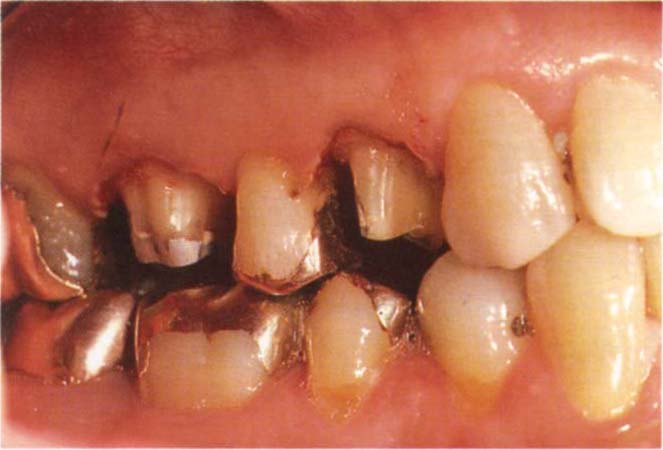
Fig. 12-4a Preparation of 14 and 16.
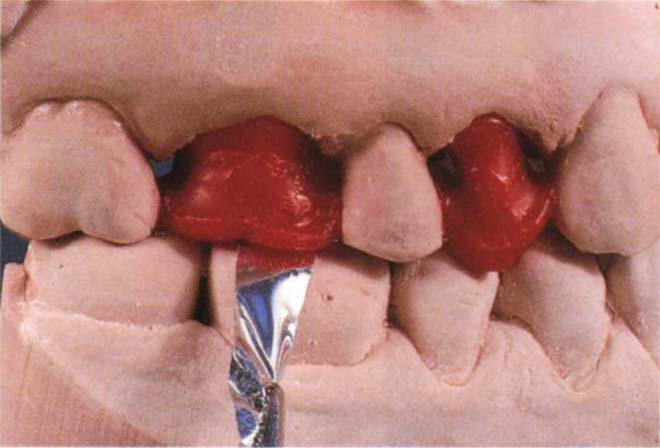
Fig. 12-4b Mounted casts. 15 and 17 maintain the jaw relationships. Waxing crowns initially into an index of the original crowns and then refining on mounted casts.
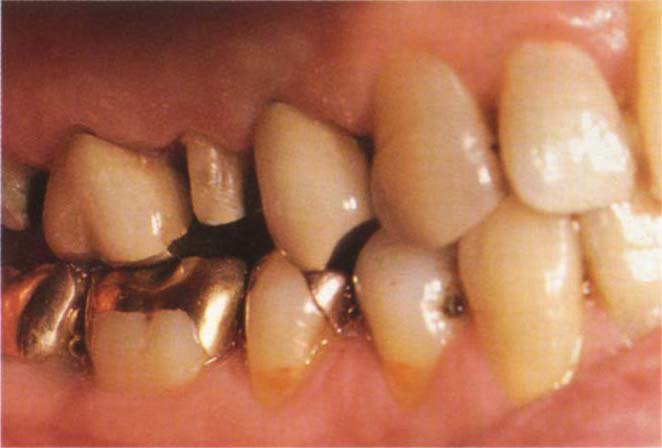
Fig. 12-4c 14 and 16 have been cemented and maintain the jaw relationships, 15 and 17 are now fabricated.
Application of this technique to an extensive restoration is illustrated by the following case (Fig 12-5). It should be noted that extensive re-restoration is usually provided using reorganized techniques. However situations do arise in which a conformative approach is adopted.
The patient had a large horizontal : vertical ratio to the CRCP-IP discrepancy. Eighteen years previously, the mouth had been restored with gold, partial coverage restorations in preference to more destructive full coverage restorations (Fig 12-5a). At that time it was explained to the patient that it was likely that future wear on the labial surfaces may necessitate re-restoration. She was currently very comfortable, yet gave a history of ‘occlusal awareness’ following the previous restoration and following the cementation of restorations prior to that. She also gave a history of symptoms of psychogenic origin (see Chapter 27). The labial surfaces of the maxillary teeth were unsightly. There was a high lip line and recession. All the existing restorations were splinted, as 18 years previously the teeth had Grade 2–3 mobilities and the anterior segment was drifting labially. Although composit/>
Stay updated, free dental videos. Join our Telegram channel

VIDEdental - Online dental courses


